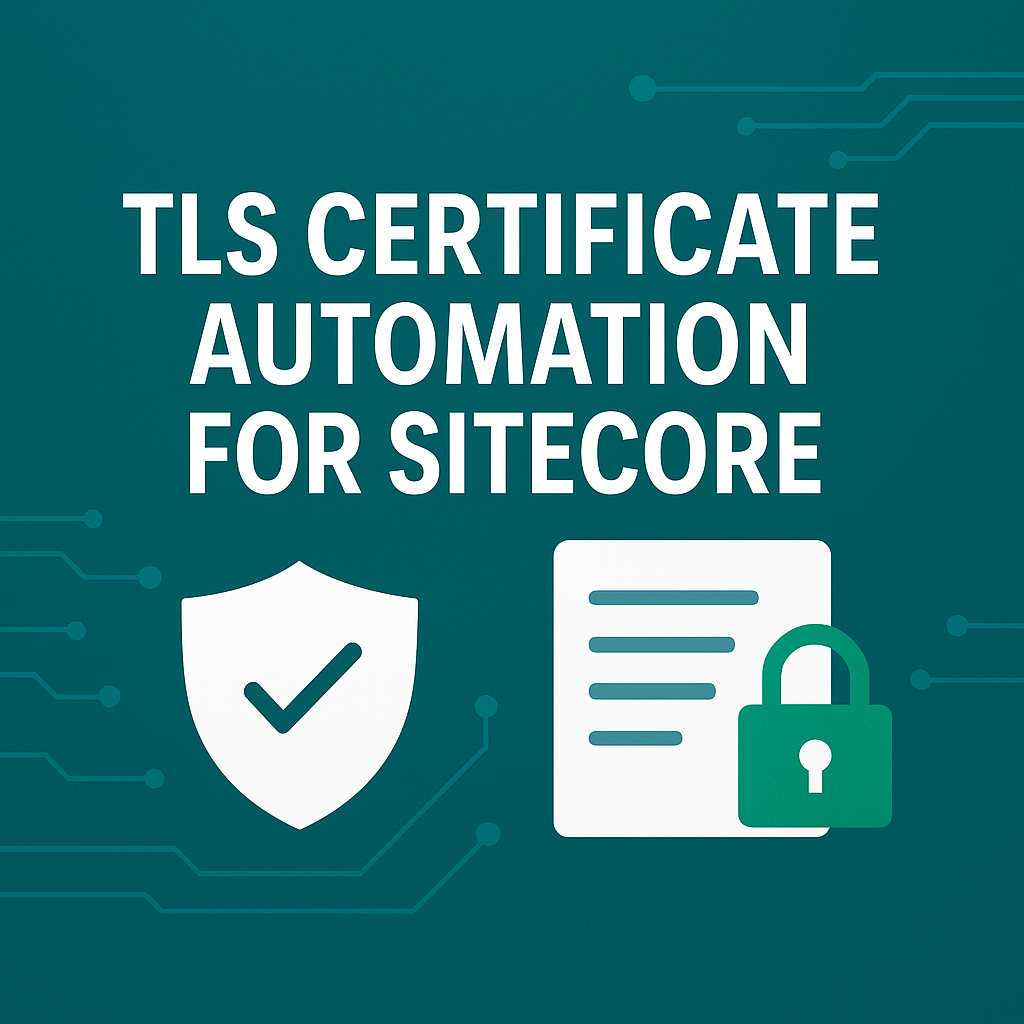Welcome back to getting to know Sitecore search. In this post we’ll take a tour of the Sitecore Search UI and cover some of the basic terminology used when talking about Sitecore Search. Let’s get started!
Sitecore Search UI
Across the top
Site Switcher – Let’s you switch between multiple Search accounts
Account – Manage your account
Down the left side
Home (Site Performance) – View stats and metrics, filter by date and device, create and export reports
Pages – Manage pages, variations, variation schedule, preview results
Widgets – Manage widgets, variations, rules (boost, bury, blacklist, slots, visitor context)
Analytics – Drill into analytics by widget, keywords, content
Global Resources – Manage the global widget, keyword synonyms, notifications
Catalog – View indexed content items, attributes, stats, visitor profile details
Developer Resources – View api access details, use the api explorer, monitor events in real time
Administration – Manage sources, crawler settings, document extractors, scan frequency, account users
Terminology
I read through the Sitecore search documentation. I found it to be a well written guide. I had to jump back and forth between the guide and the UI a few times as I was reading to fully understand the new terminology being presented and how the pieces are connected. Here is a list of helpful terminology related to Sitecore Search.
Allowed Domains – A list of domains the crawler is allowed to crawl. A link to any other domain is excluded.
Attribute – Metadata about an index document (ie content type, url, title, description)
Authentication – Allows the crawler to access protected content
CEC – Customer Engagement Console (search management portal)
Content – An index document
Document Extractor – Creates the index document for a url
Document Extractor Type: XPath – Use xpath syntax to get attributes from the html
Document Extractor Type: CSS – Use css selectors to get attributes from the html
Document Extractor Type: JS – Use custom javascript to get attributes from the html
Facet – Allow the user to narrow results
Global Widget Settings – Settings and rules inherited by all other widgets
Index Document – JSON object that represents a url on your site
Locale – Region or language for a source
Locale Extractor – Reads the locale from the url
Locale Extractor Type: Url – Use a regular expression to read the locale from the url
Locale Extractor Type: Header – Use an http header to read the locale from the url
Locale Extractor Type: JS – Use custom javascript to read the locale from the url
Page – A page on your site that contains a search widget
Request Extractor – Generate requests to the crawler for urls that are not discoverable through links on the site
Rule – Control how search results are returned (boost, bury, blacklist, pin)
Source – The content you want search to access
Tagger – Part of the document extractor that reads the url and gets the attributes
Textual Relevance – Control the priority of each attribute in finding results
Traffic – The percentage of visitors that will see a widget variation
Trigger – Starting page for the web crawler
Visitor Context – Metatdata about a visitor that helps show personalized results
Web Crawler – Tool to scan a site for content
Widget – A search component that can be placed on a page
Widget Schedule – Schedule a widget to appear between specific dates
Widget Split Testing – Allow multiple active widget variations to serve different amounts of traffic
Widget Variation – Allows a widget to have different rules
Up Next
In the next post, we’ll look at the default setup with a fresh account, the default document extractor, the catalog of content items.
Follow me on linkedin to get notifications as new articles are posted.





Leave A Comment